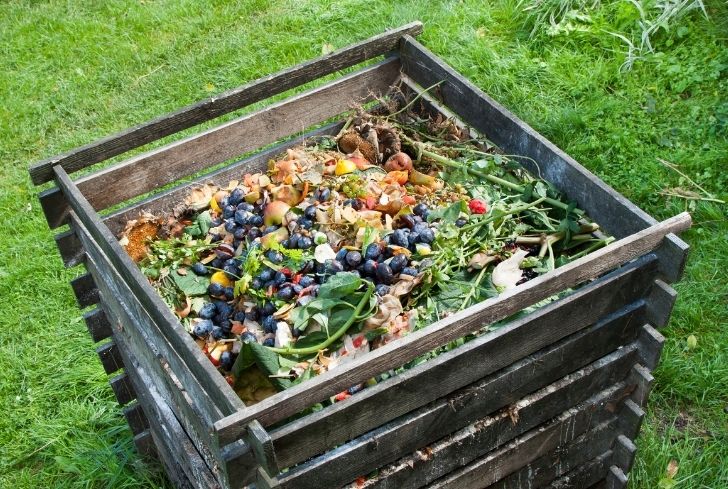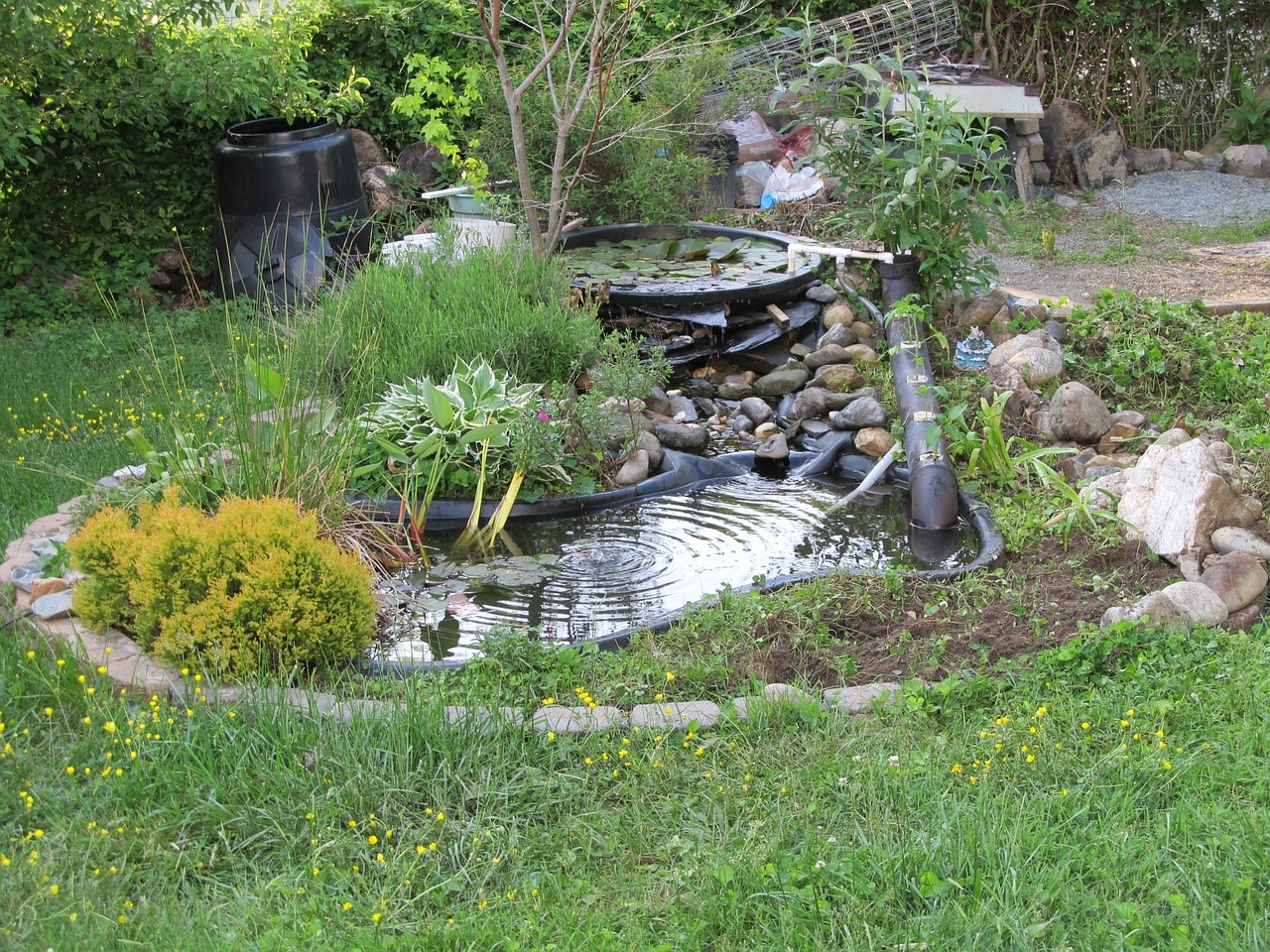You want to host a Mad Hatter tea party for the creatures in your garden. A noble pursuit as it is a sustainable choice. But how do you make your garden a better place for your non-human neighbours? The answer is a wildlife garden. A wildlife garden works wonders to boost sustainable living.
A wildlife garden is the gardener’s attempt to create an environment that supports wildlife. You can cater to the needs of creatures like birds, insects, amphibians and others by introducing small changes to the garden. These could be specific plants, sources of water or bird feeders.
Here are 8 ways you can start building a wildlife garden:
1. Long, unkempt grasses –
While mowing your lawn can keep it neat, long grasses are necessary for wildlife gardens.


Long grasses provide shelter and camouflage to both plants and animals. It can also increase nectar production as short grass plants like daisies can now bloom.
2. Build bird feeders –
Building a bird feeder is one of the easiest ways to create a wildlife garden. It requires a little patience but can be a fun group activity.
/GettyImages-9457321281-7685926e72484ebfac4524309b248b31.jpg)
/GettyImages-9457321281-7685926e72484ebfac4524309b248b31.jpg)
You can also reuse old plastic bottles and create small bird feeders out of them. Remember to hide the bird box from cats and other predators. Place it in a high, sheltered area and fill it with fat balls or seeds
3. Log piles for insects and bugs –
Log piles are sanctuaries for insects. Rotten wood piles, piles of twigs and rocks can provide a habitat for insects like spiders, beetles and invertebrates.
Log piles can also attract reptiles and amphibians. The structure of the log piles facilitates both breeding and protection of wildlife. Additionally, garden debris like mulch can also become a habitat for arthropod predators.
4. A compost pit helps –
A compost pit is not just a conscious step towards sustainability. It supports the ecosystem too.


The compost pit acts as a habitat for worms and makes your soil dense in nutrients. It also provides a habitat for frogs, woodlice and other insects. One way you can avoid rats is by only adding raw, uncooked food to your compost pit.
5. Grow more flowers –
Plant diversity is pivotal to a wildlife garden.


By growing different flowering plants, you encourage pollination. Moreover, multiple varieties of flowering plants add a splash of colour to the garden.
6. Let the weeds be –
Weeds can be a nagging worry for all gardeners. But letting the weeds help to sustain the wildlife in your garden.


Remember that even weeds can serve as a source of food for many species. Some weeds can flower and provide food for butterflies and moths. These can act as a nutrient source in the absence of better sources.
7. Make a pond –
Any source of water in the garden nourishes the wildlife. A small pond filled with koi fish can serve as a source for the birds and animals. Ponds also facilitate the breeding of amphibians like frogs and toads. A deep pond can also be a habitat for fish.


You can also opt for a big pond, provided there are enough stones or branches to help the wildlife get in and out of the water. Do not locate the pond in areas with heavy sunlight or shade. Plants like the waterlily can prevent stagnation in the pond.
8. More climbers, more wildlife –
Climbers like the ivy plant can provide the perfect camouflage for birds and insects. These climbers can sustain the wildlife with food and pollen. The ivy plant for instance produces both flowers and pollen. Certain plants from the rose family and clematis can also provide good cover.


A wildlife garden is no rocket science. All methods are simple DIY projects. You can make it a family activity by letting your younger ones pitch in for some ideas. Let them paint the bird feeders or plant a sapling. Make the most of summer by building a wildlife garden with your family!
Also Read: 5 Shade Gardening Design Ideas









